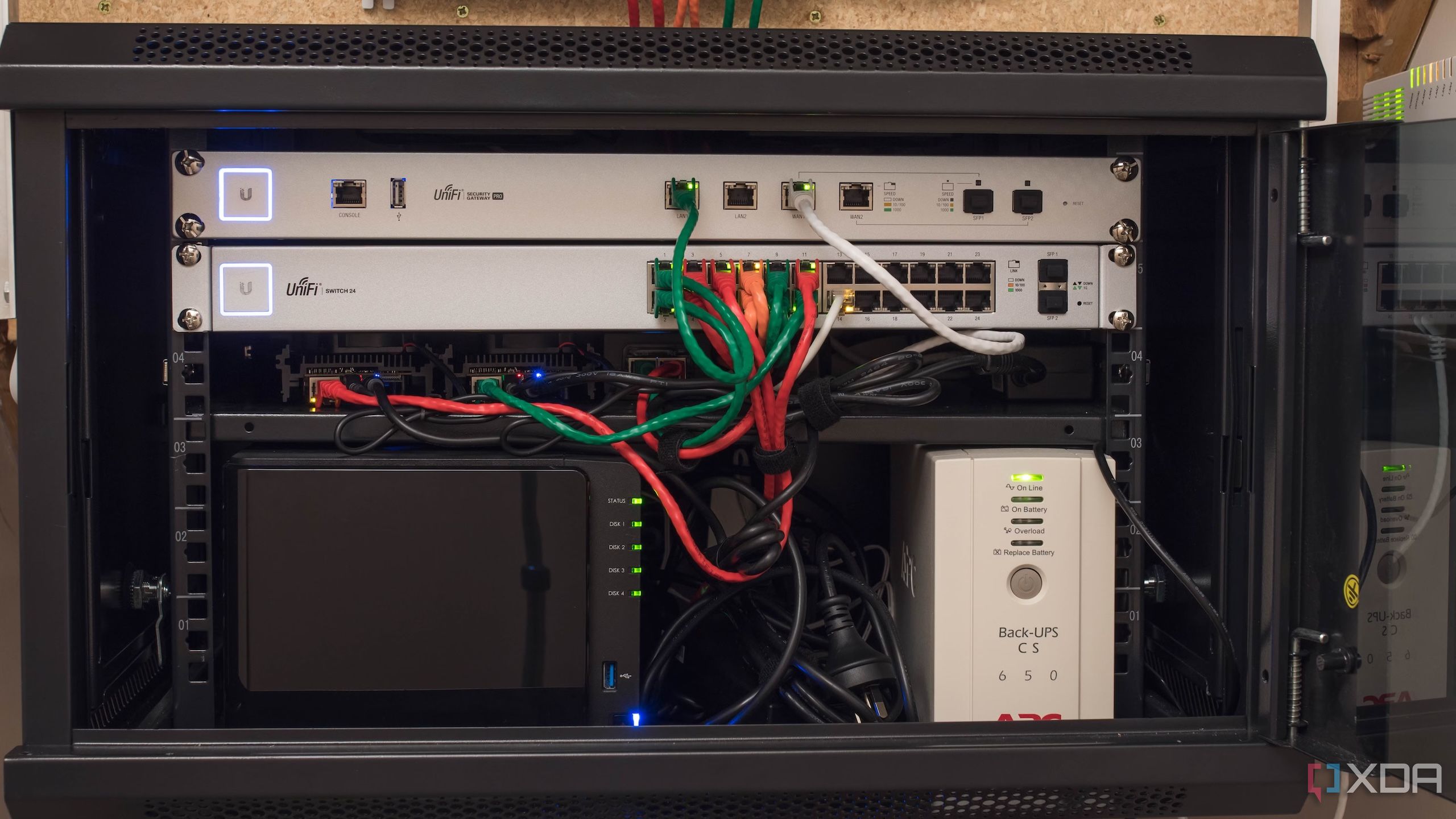URGENT UPDATE: Home lab enthusiasts can drastically reduce their electricity bills with five innovative tweaks that prioritize efficiency without sacrificing performance. As energy costs soar, these simple adjustments promise immediate savings and sustainability for tech-savvy users.
New strategies emphasize the shift from traditional, power-hungry hardware to energy-efficient solutions. With the rapid rise in electricity expenses, optimizing your home lab isn’t just about performance anymore; it’s about cutting costs significantly.
1. Switch to Mini PCs for Your Servers
Many users fall into the trap of relying on powerful ex-enterprise servers equipped with Xeon or Epyc CPUs. While these machines offer impressive capabilities, they also come with hefty power demands that can inflate your bill. By switching to a trio of Mini PCs running Proxmox, you can achieve comparable functionality while using a fraction of the power—an N100 powered unit draws only about 9W when running Proxmox.
2. Install Smart Plugs Across Your Setup
Monitoring energy consumption is crucial. Utilizing smart plugs allows for real-time tracking of power usage, enabling users to turn off devices remotely when not in use. This means you can easily manage devices that remain powered on, even during idle times, thereby saving money and reducing waste.
3. Virtualize Your Workloads
Instead of running multiple machines, consolidate your tasks onto a single server using virtualization. This method not only maximizes resource utilization but also minimizes power consumption. The initial virtual machine may draw more power, but subsequent virtual instances generally require diminishing energy, making this a smart choice for any home lab.
4. Automate Tasks and Shutdowns
Scheduling intensive tasks during off-peak hours can lead to significant savings. Many utility companies offer lower rates for electricity used outside of peak times. By combining scheduled tasks with Wake-on-LAN capabilities, users can power down equipment when not needed and have them ready for operation when required, optimizing both energy use and efficiency.
5. Operate Headless for Maximum Efficiency
Eliminating unnecessary peripherals can further decrease energy consumption. Running devices headlessly via SSH or web dashboards not only simplifies management but also reduces power requirements, allowing for a cleaner, more efficient setup.
These adjustments not only enhance energy efficiency but also contribute to a sustainable future for home labs. As users embrace these changes, they can enjoy lower power bills and a reduced environmental footprint.
As energy prices continue to fluctuate, now is the time to rethink your home lab strategy. By implementing these five practical tips, you can transform your setup into an energy-efficient powerhouse without compromising on functionality.
Stay tuned for more updates on energy-saving technology and home lab optimization as this trend continues to evolve.
